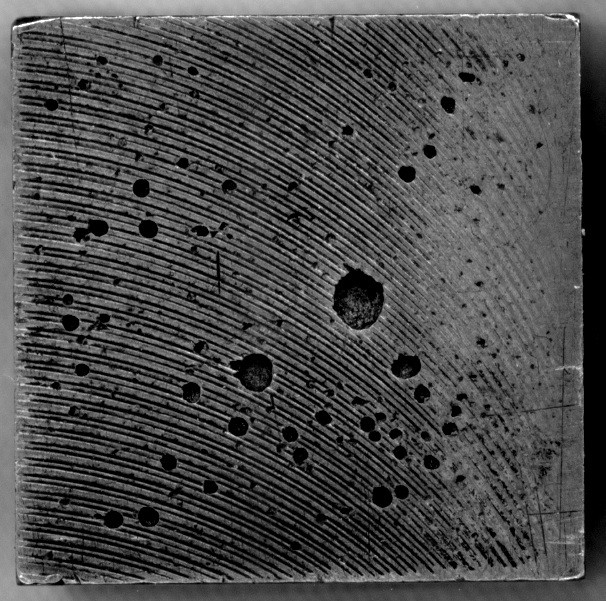Catàleg Tipogràfic
Publicación en la que se presenta el resultado final de una tipografía antes de usarla. Antiguamente los catálogos tipográficos eran la única forma de presentar correctamente una tipografía a clientes para su posterior comercialización.
Àrea:
Àmbit:
Subàmbit:
Conceptes relacionats:
Observacions:
Muestrario
Referència:
typofonderie.com [online] Disponible en: https://typofonderie.com/gazette/post/typofonderie-type-specimen-collect...
Vincle:
Text:
Since 1994, for each typeface published by Typofonderie, a printed specimen is designed. The explanation is very simple: before the web, this was in fact the only way to present correctly a typeface. The web has changed that, a lot. As a foundry, it was a natural way to perpetuate this tradition initiated by Erhardt Ratdolt in 1486. What’s the function of a typeface specimen? To present a typeface before using it in situation for real. But there are different kinds of specimens as the testing pages a punchcutter must do, to check the shapes, weights, alignements, style. However, the main function for a specimen is to present the typeface to potential clients. Catalogues and specimens dedicated to a unique typeface are the first link between the type designer and potential users of new typefaces. A real tool for graphic designers, to check the style and functionalities of typefaces they may potentially need as part of any new projects. As graphic designer, before computers, let’s remember that books on any kind of subjects, color palettes, and type specimens then formed the essential elements to practice art everyday.
Historically, specimens provide a great ressource for historians, typeface designers, and anyone creating interest in typography. As example, the famous Egenolff-Berner specimen from 1592 was a crucial resource for Beatrice Warde during her researches on the real Garamond, as it also was the model for several Garamond revivals before and after the World War II. As other example, the work of Maximilien Vox who designed a great collection for Deberny & Peignot called the Divertissements Typographiques. In fact, all foundries publish magnificent typeface specimens, many which are present on the bookshelves of our colleagues.
In the early 2000s, foundries present on the web have discovered the joy of directly and easily selling their typefaces everyday. Few reputable foundries have decided to discontinue production of their printed material, thinking that the web will be enough: reducing costs? or placing too much trust in the non-tangibility of their products? For sure, a nicely designed website is the perfect place to extensively present a typeface and all its features with great visibility. The presentation of the digital font is directly connected to the shopping cart button. It’s also easy to propose pdfs ready for download, close to what you can see on a real printed specimen. We implemented online testing tools back insince 2003, and colleagues like Typotheque also implemented incredible tools to test extensively fonts online. With current large screens, high resolution, webfonts, it’s much more easy to properly present any typeface. Likewise, we can enjoy many web pages dedicated to present one single typeface family – thanks again to webfonts –, some of them are absolute gems. Many great tools everywhere. Any graphic designer, likes to collect things, books, ephemera, it’s human and it’s good. But who wants to collect such websites, in order to complete a collection of printed specimens started long ago, year after year? Not very handy, althought tools such as gimmebar.com are a great help for anyone who needs to collect the screenshot of any websites.
